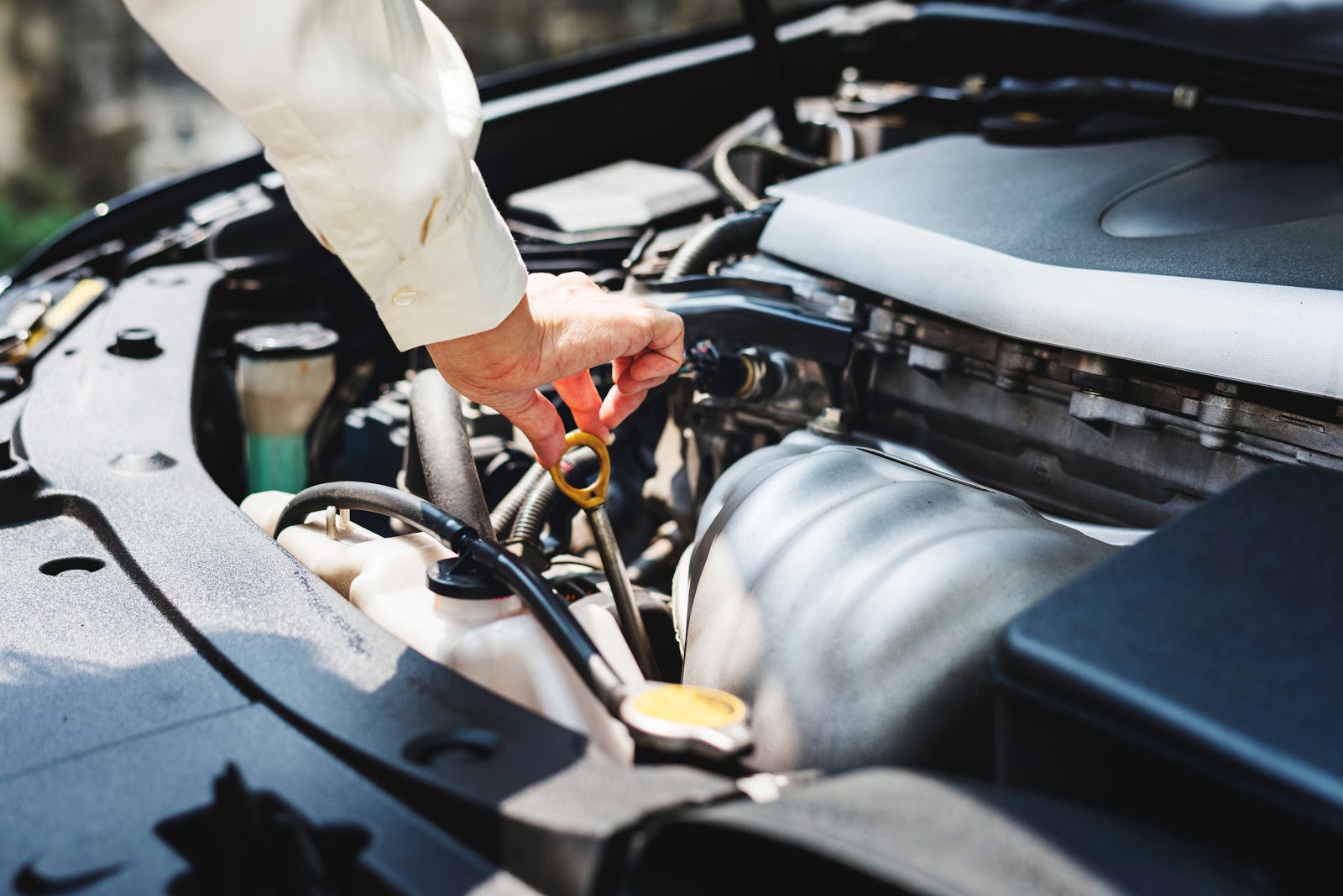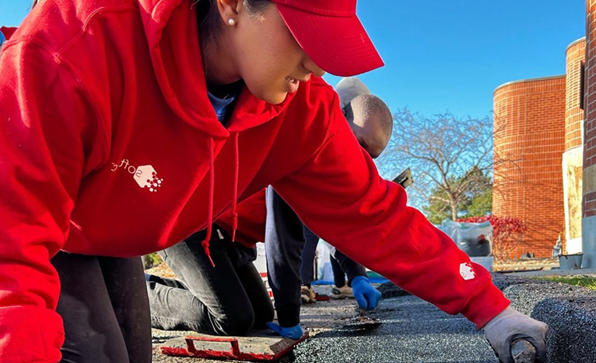Oil gaps and setbacks are one of the most generally perceived reasons that drivers gain their automobiles for appraisal.
It could be an unobtrusive pinhole spill in a gasket, an obvious gusher from a dreadful seal, or a break from a stack of beginnings. In any case, it’s fundamental to find the wellspring of your vehicle’s oil spill and investigate which fixes ought to be made in order to decide the opening and shield your oil from leaving where it’s necessary most—inside your engine.
Expending Oil
Inside the center of your engine is the consuming chamber, where all the charm happens. Routinely oil is kept out of this chamber by your chamber rings and valve seals. If something happens to either your rings or valve seals, your 5W30 Engine Oil will begin immersing your consuming chamber where it will get not completely handled and turn out as a foul blue-dull smoke.
If your rings or valve seals are spilling, you may see your oil is evaporating, anyway aside from if there are horrendous gaskets or various holes inciting the outside of the engine, at that point you likely won’t see any oil on the ground or the engine. This is in light of the fact that oil from a little break of this sort, for example from just a single mostly contorted chamber ring or just a single dreadful valve, will likely get destroyed in the consuming strategy. In case the issue becomes steady and different rings or valve seals go bad, by then the vehicle will most likely stop running as oil floods the consuming chambers and ousts your vehicle’s ability to process fuel.
Grievously, if this happens, you’re looking at some amazing expenses for fixes, especially in case you need to go to a shop, which is eagerly endorsed for any vehicle you can’t danger losing.
Luckily, while it is absolutely an upper-level DIY adventure, if you do decide to save some work costs by doing it without any other individual’s assistance, it’s not as frightening to change valve seals or chamber rings as it would show up from the beginning idea. The primary concern to recall is that you’ll have to displace any seals, gaskets, or warmth sensitive runs in transit, and all through the strategy of investigation and re-presenting all that you took out, you are going to need to choose a course of action of relationship BEFORE you start. You’ll in like manner need to check right on time to check whether you may require any dull distinguishing strength gadgets.
Improper Installations
While it’s a generously progressively normal occasion after a DIY or shade-tree gasket change, even capable mechanics submit the mistake of improperly presenting one of the various gaskets that keep oil IN your vehicle where it ought to remain. The most notable clarification this happens and gets missed, is that someone over-fixed an oil holder gasket or valve spread gasket or didn’t scatter the coziness impartially over the whole gasket. Exactly when this happens, it can cause the gasket to get “crunched,” which causes a spot for oil to escape. Additionally, dependent upon how improperly fixed the gasket is, this clear goof could achieve only a “pinhole” break, or it could transform into an altogether sizable spout. In every way that really matters something fundamentally the same as can happen when displacing an oil channel, which is much less difficult to over-fix or even present strange than you may presume.
It’s in like manner typical to have another gasket presented before the aggregate of what surfaces have been fittingly scratched clean of all the old gasket scraps, which can realize unbalanced gaskets and cause spills in essentially a comparative course like you’d over-fixed it in one corner.
Fortunately a great part of the time it’s not hard to fix a gap achieved by an improperly presented gasket, anyway that doesn’t mean it won’t be without any troubles, especially to the extent keeping yourself from getting exorbitantly frustrated with a gasket mulligan—the best wellspring of rewarding it horrendously TWICE (been there!)
So as long as you keep a level head and review that it happens to everyone more much of the time than you can imagine, you or your professional can plunge back in and get that gasket issue balanced.
Openings
Ohmergosh! Openings are another normal wellspring of oil breaks, and they can much of the time occur on new out of the crate new gaskets for no unmistakable explanation, which I can tell you from singular experience can be ESPECIALLY disillusioning.
What is fundamentally progressively run of the mill, in any case, is to find holes in increasingly prepared gaskets or seals in higher warmth and stress regions, for instance, your head gasket, or the back essential seal, which ought to keep oil from spilling into your transmission and tranny fluid from mixing into your engine.
Tragically gaskets aren’t the principle bit of your engine that can make openings. It’s really normal to inadvertently cut your oil dish top, as is unintentionally punching an opening in that gleaming new oil channel you simply endeavored to present.
In the event that you’re amazingly terrible, you may get the chance to see a valve post shoot through the most elevated purpose of your valve spread, the base of your oil dish, or even out through the side of your engine square. Such catastrophes are never unassuming to fix, yet are regularly intriguing to review and are frequently joined by a wild story.
Luckily, most holes in gaskets essentially make in light of the fact that the gasket is old. They can as often as possible be quickly fixed with liquid gasket sealer until you can get in and supersede it or get your vehicle into the shop.
Chamber Head Trauma
An essentially less ceaseless wellspring of spilling oil is a part chamber head or engine square. On occasion you won’t see any oil on the engine or ground when this happens. This is normally in light of the fact that the oil is spilling INTO your coolant structure, instead of out onto the ground where you would want to see it. Regardless, in either condition, you can consistently insist this finding by checking your oil top and coolant top. One or both will be messy dull hued and will most likely have a smell like syrup and 20W50 Engine oil.
Broken Dipstick Tube
Genuinely, this can happen, and it is one of the most disturbing fixes to need to perform on specific vehicles. On my ’93 Jeep Wrangler, the dipstick tube was too easy to even consider supplanting. On the other hand, on a customer’s ’82 Chevy Caprice, it took me three days to find the discharge, five days to believe that the business will organize the part (that strangely no one else passed on), and an extra two days to get it presented, trailed by one extra day just to recuperate the vapor on without breaking the new dipstick tube.
Logically Possible Causes for Oil Leaks
Despite taking a gander at the above possible results, you could recollect these ordinary wellsprings of oil stresses:
Your oil level. On the off chance that you’re seeing oil on the ground yet your dipstick scrutinizes more than full, you’ve stuffed the engine.
Spills. On the off chance that you’re seeing oil on the ground yet aren’t seeing any lost oil from the dipstick, the facts may confirm that some oil got spilled and you’re just watching the remainder of the oil that is up ’til now spilling down off the engine.




